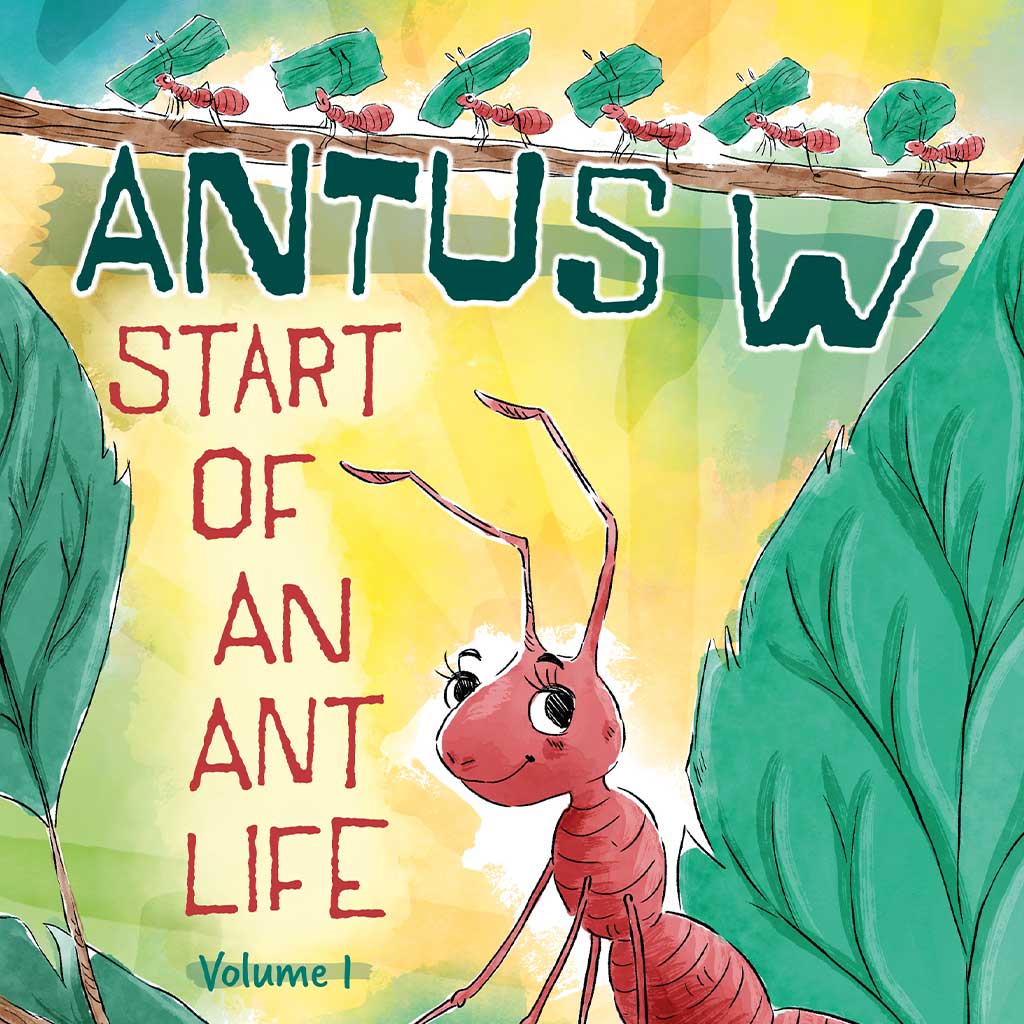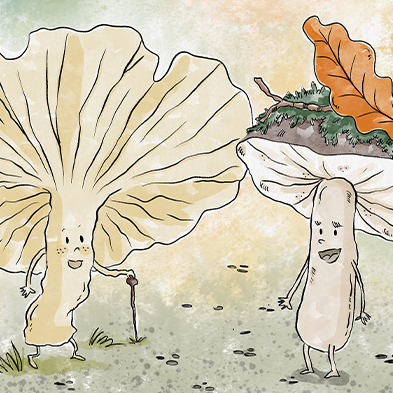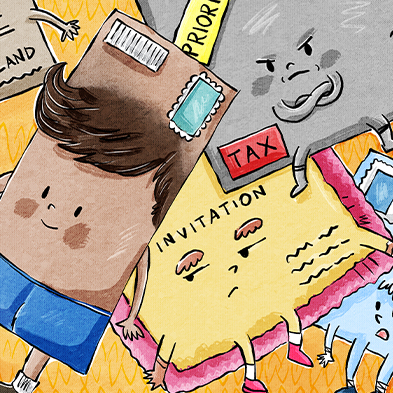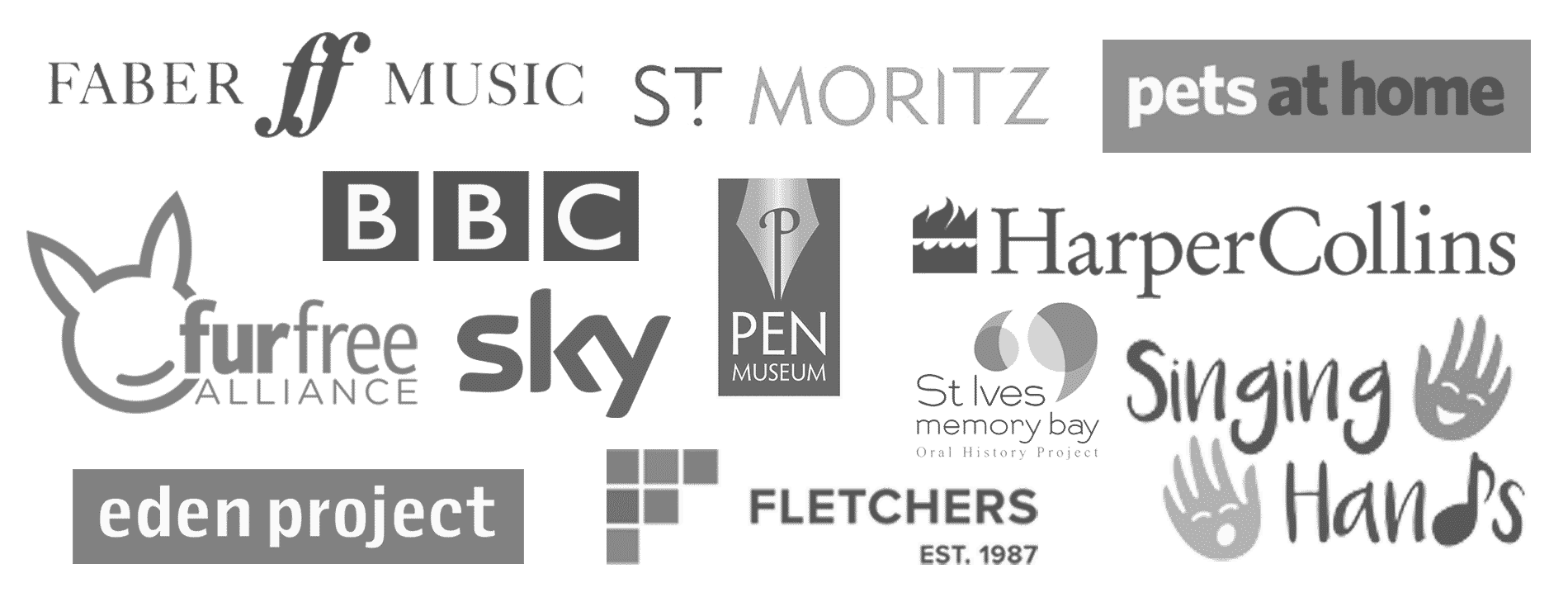Children’s literature plays a vital role in shaping young minds, influencing their understanding of the world and their place within it. Books serve as windows, allowing children to explore diverse cultures, experiences, and perspectives beyond their own. However, the current state of diversity in children’s books leaves much to be desired. A study by the Centre for Literacy in Primary Education found that only 4% of children’s books published in the UK in 2018 featured a main character from a Black, Asian, or minority ethnic (BAME) background.
This lack of representation highlights the urgent need for change. Diverse representation in children’s literature is crucial for fostering empathy, understanding, and acceptance of differences in young readers. By exposing children to a wide range of voices and experiences through books, we can help them develop the skills and attitudes necessary to navigate an increasingly diverse world.
The Benefits of Diverse Children’s Books
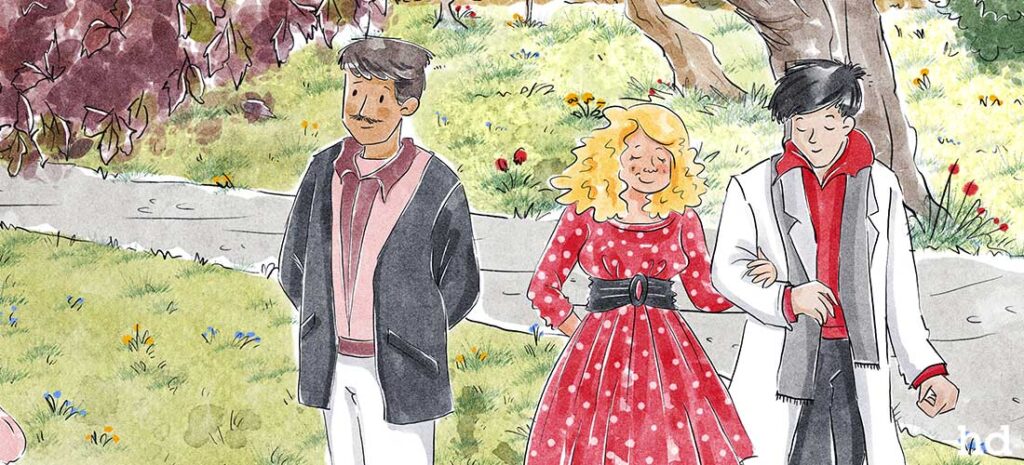
Diverse children’s books offer numerous benefits for young readers. Firstly, they promote empathy and understanding by exposing children to different cultures and experiences. Reading about characters from diverse backgrounds helps children develop emotional intelligence and the ability to put themselves in others’ shoes. Through these stories, children learn to appreciate and respect differences, laying the foundation for a more inclusive and compassionate society.
Secondly, diverse books play a crucial role in encouraging self-esteem and self-identity. Representation matters, particularly for children from diverse backgrounds who may not often see themselves reflected in the media they consume. When children see characters who look like them, share their experiences, or face similar challenges, it validates their own identities and experiences. This representation helps foster a sense of belonging and pride in one’s heritage.
Moreover, diverse children’s books prepare young readers for a diverse world. In an increasingly globalised society, it is essential for children to develop cultural competence – the ability to understand, communicate with, and effectively interact with people across cultures. Diverse literature exposes children to a wide range of cultures, beliefs, and ways of life, helping them develop the skills and attitudes necessary to navigate a multicultural world. By normalising diversity through books, we can foster inclusive attitudes and behaviours from a young age.
Lastly, diverse children’s books enhance cognitive development by exposing young readers to new ideas and perspectives. When children encounter stories that challenge their assumptions or introduce them to unfamiliar concepts, it encourages critical thinking and problem-solving skills. Diverse literature pushes children to question, analyse, and expand their understanding of the world around them.
The Importance of Authentic Representation
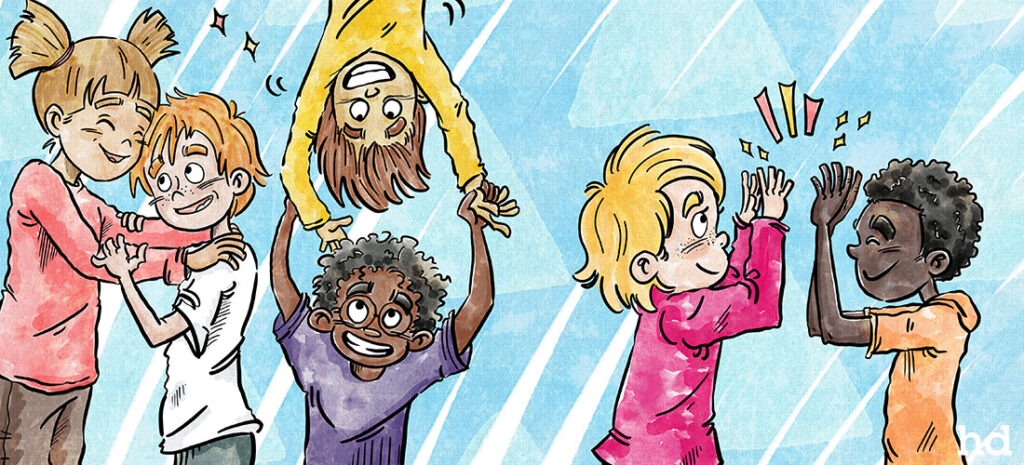
While the inclusion of diverse characters in children’s books is crucial, it is equally important to ensure that this representation is authentic and free from stereotypes. Inaccurate or stereotypical portrayals can perpetuate harmful misconceptions and undermine the benefits of diverse books.
Authentic representation requires moving beyond tokenism and surface-level diversity. It involves creating fully realised characters whose identities are an integral part of their story, rather than a mere backdrop or plot device. Authentic representation also means avoiding the perpetuation of stereotypes or the relegation of diverse characters to secondary or subordinate roles.
One way to ensure authentic representation is through the promotion of #OwnVoices authors and illustrators – those who share the same marginalised identity as the characters they create. #OwnVoices creators bring unique insights and experiences to their work, ensuring that the representation is genuine and nuanced. They offer a level of cultural authenticity that can be difficult for outsiders to replicate.
However, the burden of authentic representation should not fall solely on #OwnVoices creators. The publishing industry as a whole must commit to diversifying its ranks and addressing systemic barriers and biases. By increasing diversity in editorial and decision-making roles, publishers can help ensure that a wider range of voices and perspectives are represented in the books they produce.
Diverse Children’s Books to Consider
When building a diverse home library or selecting books for the classroom, there are countless excellent options to choose from. Here are just a few diverse children’s books to consider, broken down by age range:
Picture Books
The Snowy Day by Ezra Jack Keats – This classic picture book follows a young African American boy named Peter as he explores his neighbourhood on a snowy day. Published in 1962, it was one of the first picture books to feature a Black main character.
Last Stop on Market Street by Matt de la Peña – This award-winning book tells the story of a young boy named CJ and his grandmother as they take a bus ride through their vibrant city neighbourhood. The book celebrates urban life and the beauty of everyday moments.
Hair Love by Matthew A. Cherry – Based on the Oscar-winning animated short film of the same name, “Hair Love” is a tender story about a Black father learning to style his daughter’s hair. The book promotes positive images of Black fatherhood and celebrates the beauty of natural hair.
Sulwe by Lupita Nyong’o – Written by Academy Award-winning actress Lupita Nyong’o, “Sulwe” is a moving story about a young girl who learns to love her dark skin. The book addresses colourism and promotes self-love and acceptance.
The Day You Begin by Jacqueline Woodson – This poignant picture book explores the feelings of being an outsider and the courage it takes to connect with others. The book celebrates the power of sharing our stories and embracing our differences.
Chapter Books and Middle-Grade Novels
The Penderwicks series by Jeanne Birdsall – This charming series follows the adventures of the Penderwick sisters, a close-knit family with a diverse cast of characters. The books deal with themes of family, friendship, and growing up.
The Year of the Dog by Grace Lin – This semi-autobiographical novel follows a young Taiwanese American girl named Pacy as she navigates cultural identity, friendship, and self-discovery. The book offers a heartwarming and humorous look at the immigrant experience.
Ghost by Jason Reynolds – The first book in Reynolds’ “Track” series, “Ghost” tells the story of Castle “Ghost” Cranshaw, a talented runner from a tough neighbourhood. The book deals with themes of poverty, trauma, and the power of sport to transform lives.
El Deafo by Cece Bell – This graphic memoir follows Bell’s experiences growing up deaf and learning to navigate the hearing world with the help of a bulky hearing aid. The book offers a funny and poignant look at disability and self-acceptance.
The First Rule of Punk by Celia C. Pérez – This novel follows twelve-year-old Malú, a half-Mexican, half-punk rocker, as she starts a new school and forms a band. The book explores themes of cultural identity, non-conformity, and the power of music.
Young Adult Novels
The Hate U Give by Angie Thomas – Inspired by the Black Lives Matter movement, this powerful novel follows sixteen-year-old Starr Carter as she navigates the aftermath of witnessing a police shooting. The book deals with themes of racism, activism, and finding one’s voice.
The Sun Is Also a Star by Nicola Yoon – This moving novel follows two teenagers, Natasha and Daniel, as they fall in love over the course of a single day. The book explores themes of fate, immigration, and the American Dream.
Aristotle and Dante Discover the Secrets of the Universe by Benjamin Alire Sáenz – This coming-of-age novel follows two Mexican American boys, Aristotle and Dante, as they navigate friendship, sexuality, and cultural identity. The book offers a tender and poetic exploration of love and self-discovery.
The Absolutely True Diary of a Part-Time Indian by Sherman Alexie – Based on Alexie’s own experiences, this novel follows a Native American teenager named Junior as he leaves his reservation to attend an all-white high school. The book offers a frank and darkly humorous look at the challenges faced by Native American youth.
I Am Not Your Perfect Mexican Daughter by Erika L. Sánchez – This novel follows Julia, a Mexican American teenager, as she grapples with family expectations, mental health, and the loss of her sister. The book offers a raw and honest portrayal of the pressures faced by first-generation immigrants.
Strategies for Incorporating Diverse Books
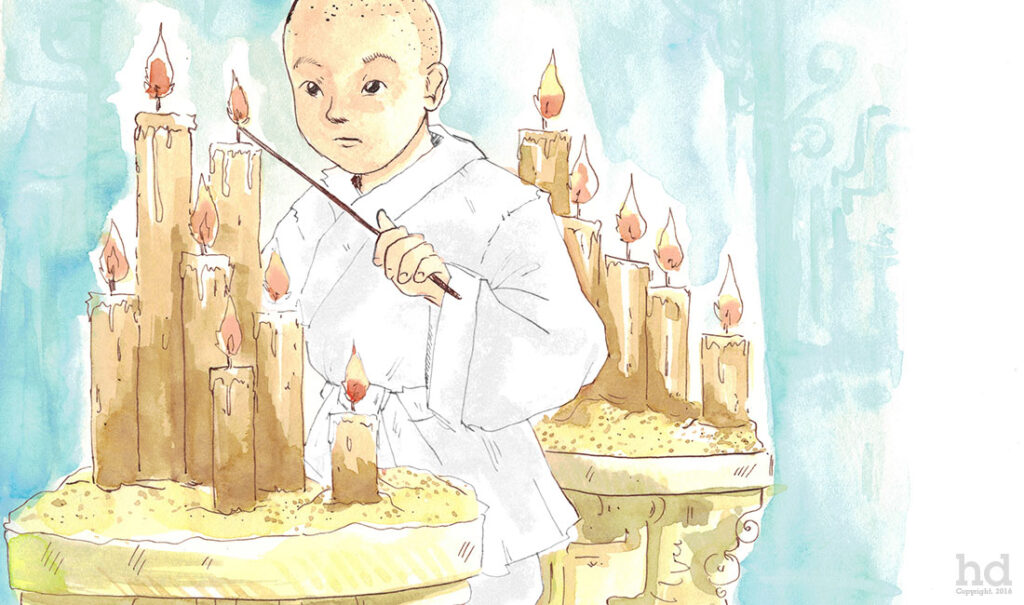
Incorporating diverse books into children’s lives requires a conscious effort from parents, educators, and caregivers. One key strategy is to make diverse books accessible by building home libraries that reflect a wide range of experiences and cultures. This can be achieved through intentional book selection and the support of local bookstores and online retailers that prioritise diversity.
Public libraries are also an excellent resource for accessing diverse children’s literature. Many libraries offer curated lists and displays of diverse books, as well as programming and events that celebrate diversity. Utilising these resources can help expose children to a wider range of stories and voices.
Reading diverse books together is another effective strategy for promoting empathy and understanding. By sharing these stories as a family or classroom, adults can encourage open discussions about diversity, identity, and social justice. Children may have questions or concerns that arise from these books, and it is important to create a safe and supportive environment for exploring these topics.
Finally, integrating diverse books into educational settings is crucial for creating a more inclusive learning environment. This can be achieved through the development of diverse classroom libraries and curricula that prioritise marginalised voices and experiences. Author visits and workshops can also help bring diverse stories to life and provide children with the opportunity to engage directly with creators from diverse backgrounds.
Conclusion: Diversity in Children’s Books
Diverse representation in children’s literature is not simply a matter of political correctness or tokenism. It is a vital tool for fostering empathy, understanding, and acceptance in young readers. By exposing children to a wide range of voices and experiences through books, we can help them develop the skills and attitudes necessary to navigate an increasingly diverse world. This responsibility falls on all of us – parents, educators, and the publishing industry – to prioritise diversity in the books we create, share, and promote. In doing so, we can help build a more inclusive and compassionate society for future generations.
Explore our creative and unique children’s book designs to bring your stories to life at Happydesigner.
Further Reading
For those interested in learning more about the importance of diversity in children’s books, here are some valuable resources:
- We Need Diverse Books: This grassroots organisation advocates for changes in the publishing industry to produce and promote literature that reflects and honours the lives of all young people. Visit We Need Diverse Books.
- Children’s Literature Portraying Religious Diversity: This guide from the University of South Florida offers a selection of children’s books that highlight religious diversity, fostering understanding and empathy. Explore the Guide.
- 31 Children’s Picture Books About Diversity: Doing Good Together provides a list of picture books that celebrate diversity, perfect for initiating conversations about differences with young readers. Read the List.
- Find & Use Diverse Books/Anti-Racist Teaching: Towson University offers a comprehensive guide to finding and using diverse books for anti-racist teaching, suitable for educators and parents alike. Access the Guide.
Cooperative Children’s Book Center – Diversity Resources: This resource page includes numerous links to websites and blogs discussing the importance of diverse children’s literature. Visit the CCBC.

